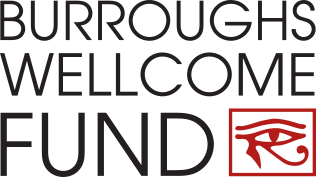Explore more WonderLab learning resources
Overview
The goal of this activity is to make space for learners to explore the world around them by giving them time to walk, encouragement to talk, and inspiration to wonder. Explorers build knowledge by looking for connections between humans and their environment and wondering about why these connections matter for the world they live in.
Guiding Question
What do I notice and wonder about the world I walk in?
When to Use This Activity
Complete this activity any time.
- Time: 30 minutes
- Audience: all ages
- Ease of Use: simple
Learning Objectives
Learners will explore and experiment as they play, explore, hypothesize, test out, and reflect on their ideas.
Teaching Approach
Learner-centered instruction
Teaching Method
Explore and experiment - provide time and space for learners to play, explore, hypothesize, test out, and reflect on their ideas.
Skills Summary
- curiosity
- wonder
- build knowledge
What You’ll Need
- Materials you provide: I Wonder… “Should We?”... I Investigate (PDF)
- Required technology: N/A
- Physical space: any learning environment
- Grouping: pairs or groups of 4
This activity provides a way for learners to explore the world around them. This can be done in any space that might inspire wonder.
Directions
- Before learners go on the walk, have them predict what they might see and why. It may be helpful to suggest a focus for the wonder walk. For example, have students focus on relationships, like how different living things interact with each other. Or suggest a focus on the relationship between land and water. Narrowing the focus will help commonalities and trends surface more easily across groups as they do their wonder walks.
- Distribute paper and a pen or pencil to learners and have them walk in pairs or groups. As they walk, encourage them to point out things that are interesting to them that they want others to see. Have them talk about what they see and why.
- As learners are observing, have them ask questions to each other: What are you noticing? Why do you think it is like that? Will it be there tomorrow? Will it look the same in a month? Will we see this in another location? How are other things related to what you notice? What connections are there between what you notice and humans?
- Have learners document their questions or wonderings as they walk together.
- When groups return from their walks, have them mix into new groups to share what they noticed and wondered about.
- Reflect on what commonalities and trends are shared. Are there certain things many groups noticed most? Were there common wonderings across groups?
Modifications, Variations, and Extensions
- A wonder walk is also an activity you could have learners do multiple times a year. If they do the same walk, have them document their noticings through pictures or drawings so they can compare their observations.
- This is a great activity for families to do together. Invite families to do walks in their neighborhoods together and compare their noticings to what learners noticed when they walked around their school.
- As a group or class, select one or two wonders to explore more. Use the I Wonder… “Should We?”... I Investigate learning tool to scaffold this work.
Citation
Conijn, J., Rietdijk, W., Broekhof, E., Andre, L., & Schinkel, A. (2021). A theoretical framework and questionnaire for wonder-full education. Journal of Curriculum Studies, 54(3), 423-444.
Learning in Places Collaborative (2021). [Family Wondering Walk].

